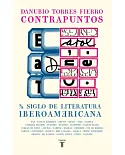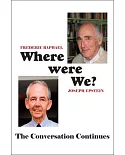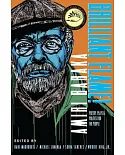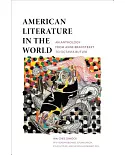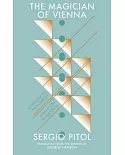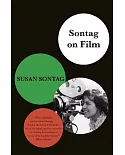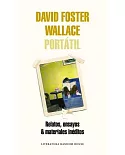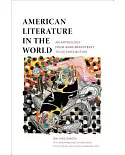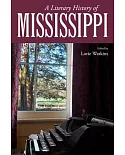Berger describes himself as a reconstructed old New Critic,and hispublications over the past fifty years have centered on investigations of theways in which texts represent both themselves and
their situations of utterance.The thirteen chapters of the present book illustrate the range of his inquiryacross several cultures and disciplines. They also demonstrate the
interpretiverichness, the theoretical acumen, and the energetic prose that characterize thework of one of America’s premier close readers.Situated Utterances is divided into four parts. In Part
One Berger designs ananalytical model of New Criticism and shows how it was dismantled during thedecades after the Second World War. He then proposes a reconstructed model inwhich the practice
of ironic and suspicious close readingmay be directed towardinteractions among bodies, texts, and countertexts in different cultural settings.Part Two demonstrates this practice in studies of
specific works in three genres:the pastoral Idylls of Theocritus, Edmund Spenser’s epic, The Faerie Queene, andthe Diaries of Samuel Pepys. The scope of the practice is broadened in Part
Threeto the connection between cultural representations and institutional change, aconnection explored in four chapters that successively examine precapitalistforms of representation, the Old
Testament, Beowulf, and the conflict betweennakedness and nudity in Christian conceptions of the body. Part Four consistsin three chapters on Plato’s dialogues, which Berger interprets as
critical of thegeneral situation of utterance in a predominantly oral culture. He argues thatPlato uses the resources of writing to depict the heroic pathos of a Socrates whosemethod and
message are defeated by the politics of the oral medium.Situated Utterances concludes with A Conspectus of Critical Moves:The Eleven-Step Program.This is a summary account of the
interpretivestrategies put into play by the author throughout his long career.



